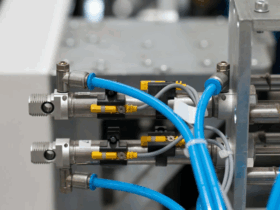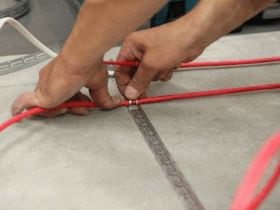How to make cracks on plaster
If cracks were discovered when examining the wall on it, they must be close. To do this, first cracks are cleaned of dirt and edges. Thin cracks need to be expanded and slightly deepened (up to about 10 mm), wide cracks deepen over the entire thickness of the plaster. Then the cracks must be moistened well with water so that the new plaster layer cleanses more firmly with the old.
You do not know where to order tools and garage equipment? We will easily help you with this task, here you can purchase them at an affordable price, there are also a lot of useful information on the site.
After wetting, it is also recommended to apply a primer to cracks and flat up so that the crack filled with a primer is at the same level with the old plaster. Then the resulting spot needs to be wiped, but not immediately, but after a while, when the primer begins to harden, but still retains plasticity. You need to grind it so as to wash off the boundaries between the old plaster and the new primer layer.
To do this, it is good to use the grater that must be moistened from time to time. Next, the primer should dry well. When sealing cracks, potholes and other defects of the wall, it is better to use the same repair mixtures as in the last repair. Then the clutch of the old layer with the new will be stronger and more reliable, and traces of the grout will not stand out.
When grouting with a grater, traces in the form of circular stripes remain so that this is not a grater after grout, it is necessary to grout into a run, which is made in circular movements, like the first grout with a grater, and on “fresh traces”, that is, the primer has dried up. The grout must be done very carefully so that there are no traces left, missed places or small scratches, otherwise, with subsequent final decoration, all these defects will be very highlighted.













Оставить ответ